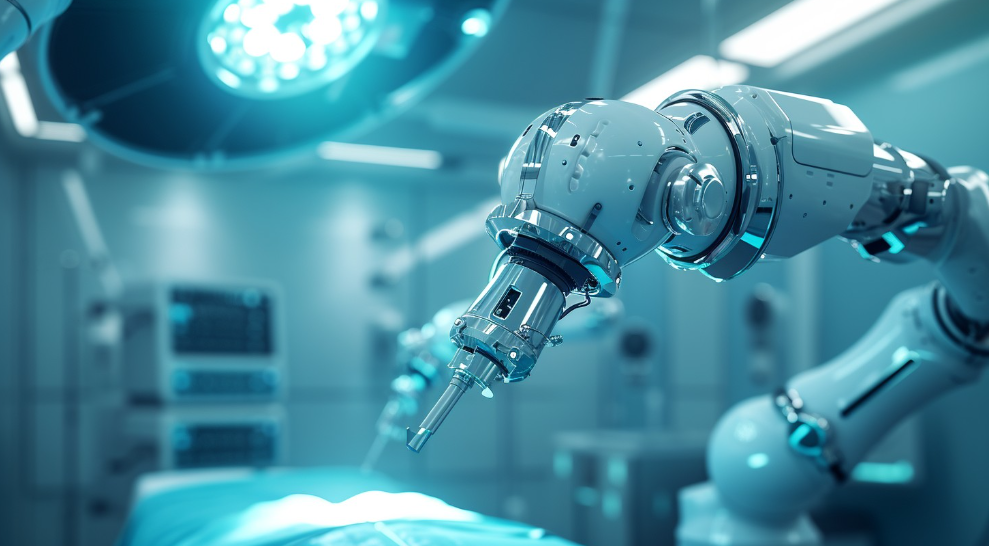|
Getting your Trinity Audio player ready...
|
📍 Baltimore, July 9, 2025 — Researchers at Johns Hopkins University have reached a major milestone in surgical robotics, successfully performing eight autonomous gallbladder removal procedures on pig organs with 100% accuracy, without human intervention. The achievement marks a significant step toward clinically viable autonomous surgery, potentially within the next decade.
🤖 Advanced AI System: SRT-H The procedures were conducted using the Surgical Robot Transformer-Hierarchy (SRT-H), an AI-powered system trained on 17 hours of surgical footage from human-led operations. The robot executed all 17 steps of the procedure—including identifying ducts, placing clips, and cutting tissue—entirely on its own. It also demonstrated the ability to self-correct and adapt to unexpected variables such as altered anatomy and visual obstructions.
🧠 Human-Like Decision Making Built on machine learning architecture similar to ChatGPT, SRT-H combines high-level planning with low-level motor control. It responds to spoken commands, learns from feedback, and adjusts its actions in real time—mirroring the behavior of a surgical resident under supervision.
📉 Clinical Implications and Limitations While the robot matched expert surgeons in precision, it operated more slowly and was tested only in ex vivo conditions. Challenges such as bleeding, organ movement, and tight anatomical spaces must be overcome before human trials can begin. The system also requires manual assistance for tool changes and clip reloading.
🗣️ Expert Commentary “This advancement moves us from robots that can execute specific tasks to robots that truly understand surgical procedures,” said Axel Krieger, lead researcher and associate professor at Johns Hopkins. Co-author Jeff Jopling added, “It illustrates the promise of developing autonomous systems in a modular and progressive manner”.
🔮 Next Steps The team plans to expand the system’s capabilities to other procedures and test it in more realistic surgical environments. With over 700,000 gallbladder removals performed annually in the U.S., autonomous systems like SRT-H could help address surgeon shortages and improve access to routine care.
For full details, see the study published in Science Robotics and coverage by UPI, Sky News, and TechXplore.



